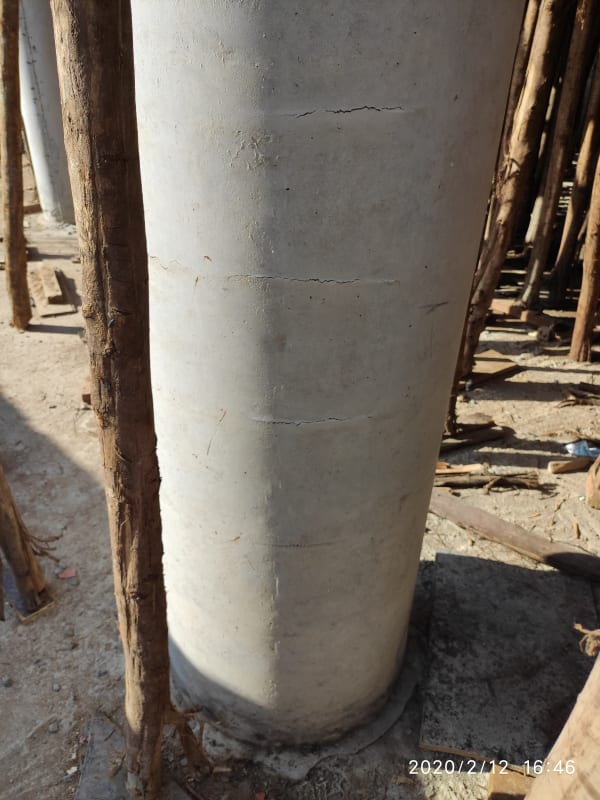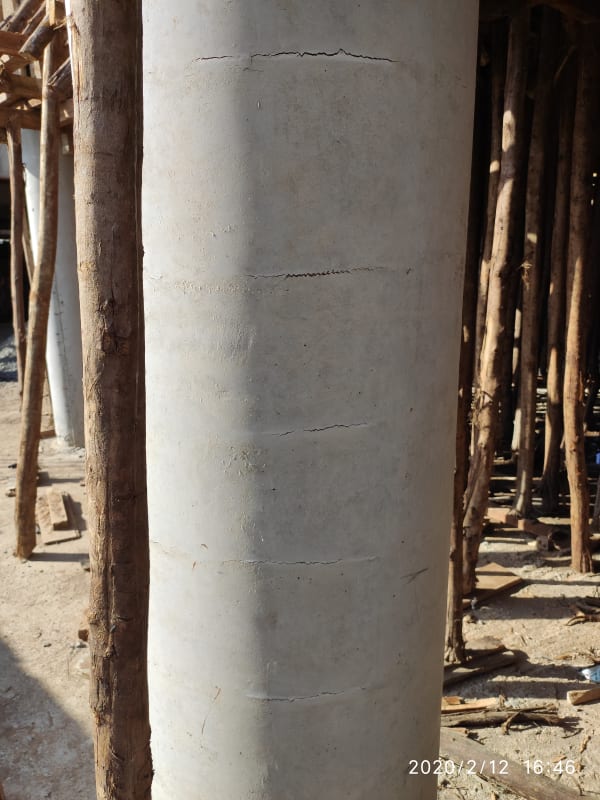YuleMsee
Structural
- Apr 8, 2018
- 68
What went wrong here, column ain't loaded yet, just cured. Its A 600mm DIA. column, 8D20 bars, D8 links @ 225mm spacing concrete class 25.




Follow along with the video below to see how to install our site as a web app on your home screen.
Note: This feature may not be available in some browsers.
